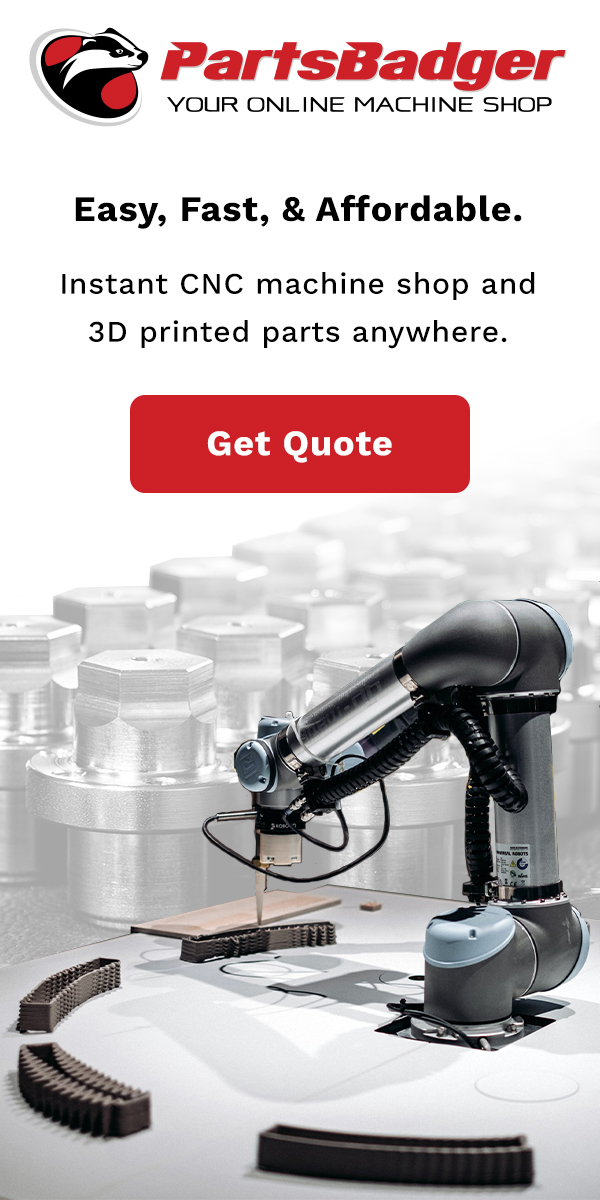What Are Cobots?
Although robots threaten many people, collaborative robots aren’t out to take your job. Engineers, according to TechTarget— design collaborative robots to work alongside humans on assembly lines, in warehouses, distribution centers, and in a variety of other settings. Unlike traditional industrial robots that are designed for one specific task and operation, cobots can handle a number of different tasks.
These types of robots are different from traditional industrial robots in a number of ways. First, collaborative robots have strong flexibility because engineers can program cobots to handle different tasks and work alongside humans without posing any kind of safety threat. They’re also compatible with a variety of devices and software systems. This means they’re easy to integrate into existing operations. Last but not least, engineers design collaborative robots dual-mode operation. This means that they can function as either standalone units or as part of an assembly line.
What Do We Mean by Collaboration in Robotics?
Many of us know about artificial intelligence and robotics, but what do we mean by collaboration in robotics? We mean robots that engineers design to work alongside humans. Collaborative robots do not replace human labor, but instead help improve productivity in well-suited environments. In some scenarios, collaborative robots may even save human health.
Collaborative robots are changing manufacturing, healthcare, logistics and other industries because they can operate side-by-side with humans and take over jobs that are dirty, dull or dangerous. With collaborative robots, there’s no need to replace workers in order to keep up with demand. Instead, organizations invest in capital equipment that helps them run more efficiently and profitably. Collaborative robots free humans to focus on higher value work while also reducing labor costs by eliminating much of their routine tasks.
Benefits of Collaboration in Robotics
Collaborative robots may be much safer than industrial robots. The initial shock of an industrial robot’s fast-moving parts can cause harm to humans and damage to other machines. A collaborative robot, on the other hand, is safe around people. It doesn’t move as quickly as an industrial robot, so there’s no danger of being accidentally struck if you’re within a close proximity to it.
If a collaborative robot injures someone, it’s easy to identify who should be held responsible. It’s usually not going to be anyone other than human employees. Collaboration also makes it easier for employees and machines to learn from each other, making them both more effective over time.
Collaboration between humans and robots is also a good way to reduce resistance to automation. If people know that they will have input into how their jobs are handled, they’re more likely to be on board with robotic technologies than if they feel like their job security is at risk.
In some cases, humans may even be able to work together with collaborative robots at tasks that are impossible for either group to complete by themselves.
Are Cobots Dangerous?
How does PartsBadger use Cobots?
PartsBadger uses cobots for repetitive tasks in our shop. This allows our employees to focus on more valuable, high-skilled work. This also gives them a much safer work environment. They will be able to do any job quicker and safer with these machines!
We have recently brought in collaborative robots into our shop. We use these robots for repetitive tasks in our production line. This allows our employees to focus on more valuable, high-skilled work and also gives them a much safer work environment.
PartsBadger believes in creating custom products with premium parts and a unique design. Inspiring our customers to do more than they ever thought possible. We’re here to help you take your project from conception to final product. In the hopes of giving you peace of mind that we have your back!
If you’re looking for a service, chances are we can support it. From 3D printing and injection molding to sheet metal bending and milling, we can do it all. We partner with reliable vendors of parts and services. We deliver high-quality results on time and within budget! Let us know how we can be of service by contacting us here.



Recent Comments